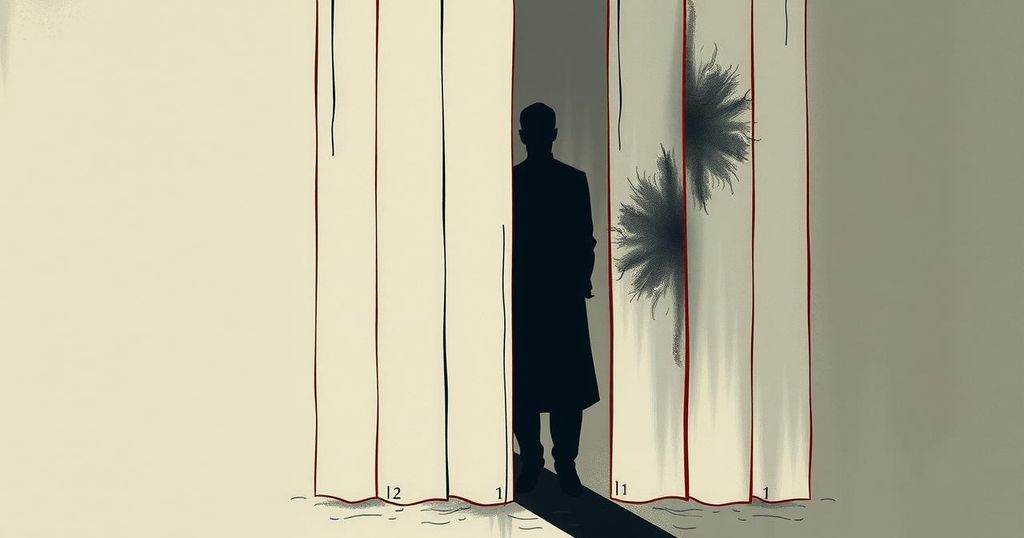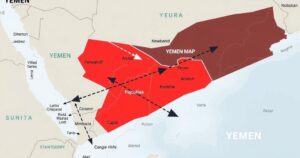Iran’s Propaganda Play: Misusing Hostage Releases to Manipulate Narratives

Iran is leveraging the recent release of hostages, including U.S. citizen Keith Siegel, to promote a deceptive narrative that suggests Hamas treats its captives fairly, while condemning Israel’s treatment of Palestinians. This article analyzes the manipulation of narratives surrounding these hostages, highlighting the coercive circumstances under which statements are made and the reality faced by captives during their time in Hamas’s custody.
Iran is utilizing the recent release of hostages, including U.S. citizen Keith Siegel, to promote a misleading narrative regarding the treatment of captives by Hamas. This narrative contrasts Hamas’ treatment of its hostages as humane while portraying Israel’s treatment of Palestinian prisoners as brutal. Siegel, who endured over 480 days of captivity after being abducted during Hamas’s attack on Israel in October 2023, has been thrust into the center of this propaganda campaign. His case is being leveraged to assert that Hamas treated hostages well, despite evidence to the contrary.
After Siegel and others were released amidst a fragile ceasefire agreement, Iranian media emphasized allegations that Palestinian prisoners had faced torture. Claims emerged that Siegel expressed gratitude towards Hamas for fulfilling his medical and dietary needs. However, Siegel’s family refuted this narrative, stating that he had been coerced into writing a thank you letter while held captive, showcasing Hamas’s manipulative tactics and their cruel treatment during his abduction.
Additionally, Iranian state media reported other former hostages as praising their captors. Press TV highlighted that Gaida Moses, another released hostage, allegedly lived on minimal rations, contrasting sharply with state claims of fair treatment from Hamas. Such narratives aim to reinforce the idea of Hamas treating its hostages humanely while deflecting attention from their inhumane actions.
Some former captives have been featured in propaganda designed to project a false image of benevolence about Hamas. For instance, Danielle Aloni’s thank you letter to Hamas was perceived to be coerced due to her family’s captivity at the time. Additionally, visuals of former captives behaving positively towards their captors have been criticized as staged scenes, orchestrated under duress to manipulate public perception.
The situation also involved testimonies from hostages like Chen Almog-Goldstein, who claimed protection from Israeli strikes, contrasting with her daughter’s accounts of their ordeal. The families of captives have pointed out the stark realities of their imprisonment, undermining claims of humane treatment and exposing Hamas’s tactics of employing hostages as shields and symbols in their propaganda efforts.
As these narratives unfold, it is essential to recognize their implications for understanding the complex dynamics of hostage situations and the use of propaganda by state and non-state actors in conflicts. Both the reactions of hostages and the media narratives surrounding them serve to manipulate public sentiment and influence international perspectives on the conflict in Gaza.
The article examines the complex interplay between hostage situations and propaganda in the ongoing Israel-Hamas conflict. It highlights how Iran positions itself as a focal point in disseminating narratives that favor Hamas, particularly during the release of hostages. This context is significant as it sheds light on the broader implications for media strategies and public opinion during conflicts, reflecting the often contentious nature of information presented by various parties involved in the crisis.
In summary, Iran’s exploitation of the release of hostages like Keith Siegel underscores the manipulation of narratives that portray Hamas as humane while vilifying Israel. Despite overt claims from Iranian media, evidence from hostages’ families reveals coercive tactics at play, challenging the narrative of humane treatment and exposing the reality of torture and mistreatment. The dynamics of propaganda within the Israel-Hamas conflict demonstrate the critical need for scrutiny of the information disseminated during such crises.
Original Source: www.voanews.com








